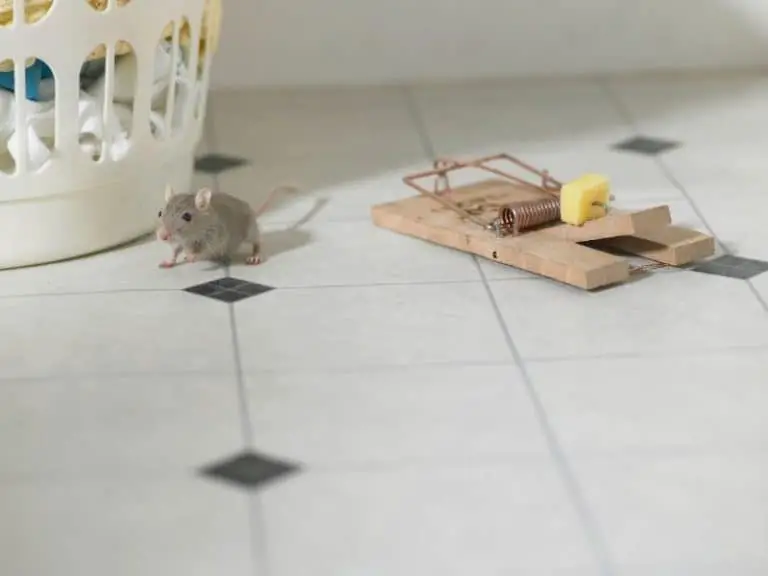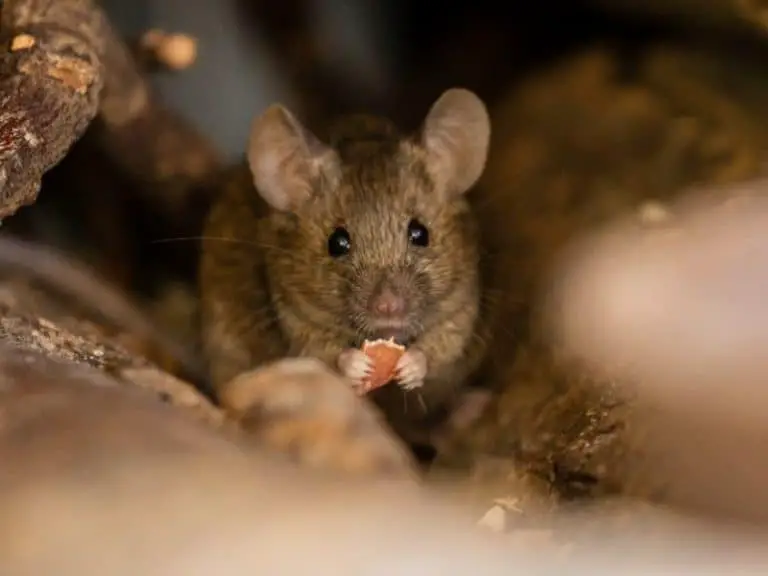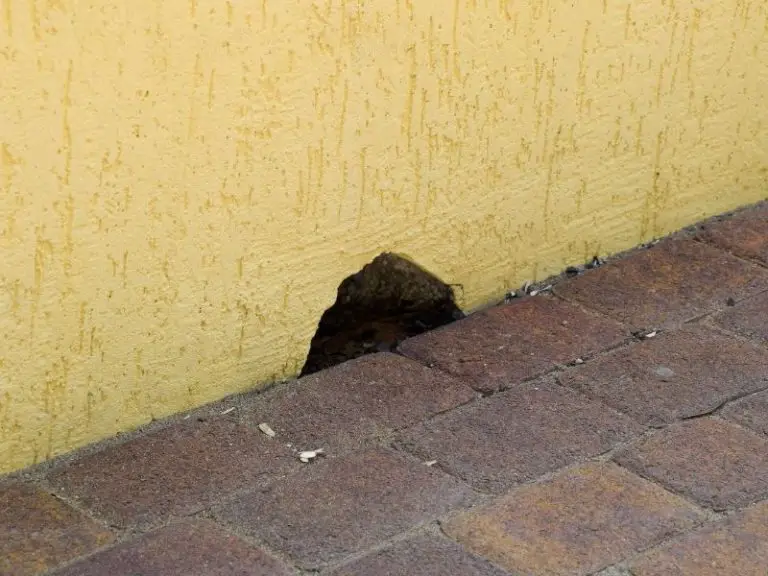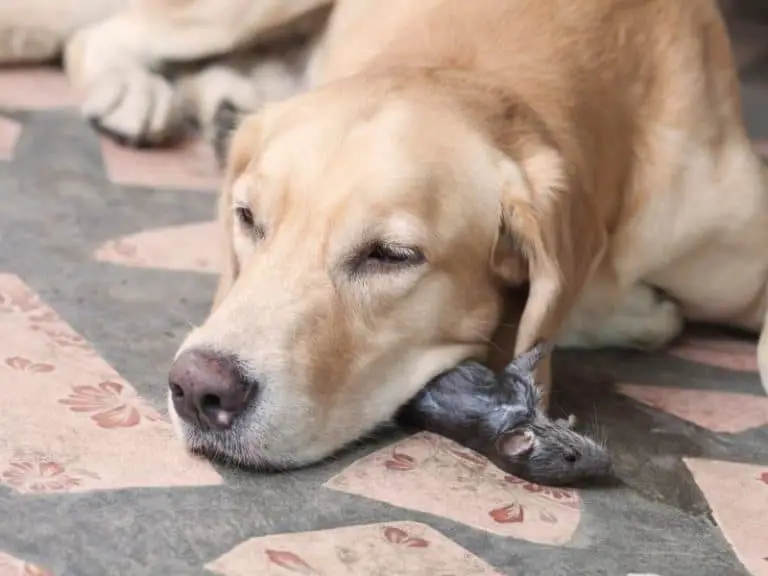How to Tell If You Have Rats or Mice in Your Walls
Do you hear unusual sounds coming from the walls after the sun has gone down? Do not fret because a poltergeist is not haunting you. The bad news is that it’s usually an indicator that you have a much bigger problem than a mischievous ghost: rodents! Knowing how to tell if you have rats or mice in your walls is essential.
Hearing scurrying, scratching, squeaking or gnawing sounds in the walls is a sign that there are rats or mice in them. This is especially true if the strange sounds happen at night — rats and mice are nocturnal. Droppings, gnaw and scratch marks, stains and unpleasant smells are other indicators.
The problem with having rats and mice in your walls is that confirming their presence can be challenging.
You will have to rely on an assortment of clues to determine whether they are the ones around alright, not squirrels or other common household pests.
Identifying them ASAP is the key to minimizing the damage they can cause.
Below you will come across some of the things you need to know to correctly identify which of the two is wreaking havoc on your home.
How Do Rats or Mice Get Inside the Home?
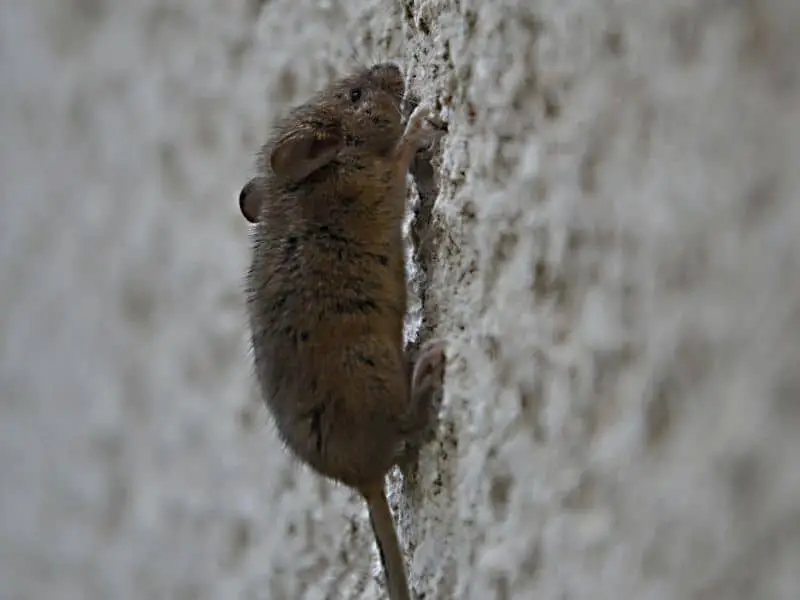
Rats or mice get inside the home by squeezing through small holes and gaps. Rats can get through holes or gaps measuring 20 millimeters. On the other hand, mice can get through holes or gaps measuring six to seven millimeters only. Once inside the home, rats or mice can nest just about anywhere.
In many instances, rats or mice have to get inside the home first before they end up inside the walls. However, there are cases, too, where rats or mice can directly end up inside the walls as they look for ways to get inside the home.
However, rats and mice have different ways to get inside the home. It all depends on their special skills.
For instance, roof rats’ size compared to mice is not that different. Roof rats can grow up to eight inches long, while mice can only grow up to seven inches.
Also, roof rats can be just half the weight of most rat species — roof rats can be as heavy as nine ounces only, while brown rats can be as heavy as 18 ounces.
Refrain from assuming that the size and weight of roof rats can give them a hard time getting inside a home and, ultimately, the walls.
Roof rats are excellent climbers. They use their ability to climb to use tree branches and vines to get on the roof.
Once there, roof rats can get inside the attic by squeezing themselves through holes or damaged or missing shingles.
In some instances, roof rats may end up inside the home by accidentally falling down the chimney.
Once inside the home and after mastering its layout, rats or mice can quickly go to and fro walls and the various areas of your home.
This is especially true at night when they are most active — both rats and mice are nocturnal creatures. This is true even if they have poor eyesight, unlike other animals such as cats and birds of prey.
How do rats and mice get around at night?
Rats and mice have blurry vision. Their depth perception is bad, too. However, they have a great sense of touch. Rats and mice use their whiskers to get around even when there is very little to no light. Paired with a good memory, rats and mice find it easy to explore the walls and the entire home.
There is a reason why rats and mice are nocturnal creatures even though their eyes are not very good at seeing at night. It’s none other than the fact that there is less danger in the nighttime.
Both rats and mice have learned to live close to humans. When humans are around, human food (which rats and mice love to eat) comes aplenty.
Humans are diurnal creatures — they are active in the day and asleep at night. For rats and mice to survive better, they have learned to look for food when humans and many other threats, like cats, are inactive.
Rats and mice are more active at night. Because of this, it is after the sun has gone down why some of the indicators that can help you how to tell if you have rats or mice in your walls are more noticeable.
What Attracts Rats or Mice to Your Home?
There are a couple of things that can entice rats and mice to invade a home: food and shelter. Both rats and mice love to eat human food and pet food, which they find easily accessible by getting inside someone’s home. Rats and mice also find it easy to find protection from the cold inside the home.
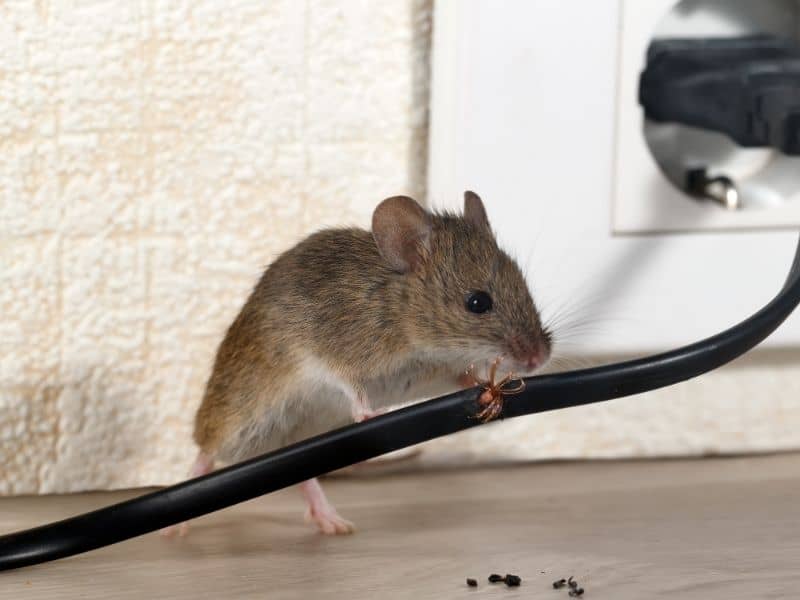
It was mentioned earlier that rats and mice have poor eyesight, which is ironic since they are nocturnal animals. Both rats and mice are nothing like many common household pests and predatory animals with phenomenal eyes.
Other than having a great sense of touch which they count on to navigate even when there is very little to no light, rats and mice have an excellent sense of smell, too.
Needless to say, their noses help them determine which homes have lots of available food and which homes have no food available for them.
Due to this, it is a must that you keep your home clean at all times if you want to keep rats or mice at bay.
Your kitchen should stay spotless because leftover food and bits of food everywhere can alert rats and mice (thanks to their superb sense of smell) that they are not going to get hungry if they invade your home and nest there, too.
Leaving pet food out at night for your cat or dog to snack on is a complete no-no, too.
Since rats and mice are nocturnal creatures, the presence of pet food while you are taking a trip to dreamland can attract them to your home.
Besides food, the warmth and coziness your home offers can also attract rats or mice.
Some animals hibernate in the wintertime. They do this to keep themselves from going hungry and looking for food, which is scarce during the coldest months of the year.
Rats and mice do not hibernate when winter hits. However, they become less active to conserve energy just in case they have a hard time looking for food.
But here’s the thing: there is plenty of food for them inside homes. It’s for this reason why rats and mice tend to invade homes more when the temperature drops.
Getting inside homes also provides them with much-needed protection from the cold. Rats or mice tend to nest in dark and less cold areas of your home.
Some common examples include under furniture pieces and inside cabinets, closets, and storage boxes, too. Your attic or basement is also the perfect nesting place for these furry critters.
Rats or mice also love to nest inside the walls, which allows them to have easy access to your kitchen and the outdoors. It’s also inside the walls where rats or mice can find a fantastic nesting material: insulation.
How to Identify Rats and Mice
Rats and mice are different in many ways. Generally speaking, rats are bigger than mice. Not all rats are great climbers, which is why many of them stay on or near the ground. Mice, on the other hand, are very good climbers. They also prefer to nest inside rather than around the home, unlike rats.
Before we talk about the telltale signs that there are rats or mice in your walls, let us first discuss the key differences between rats and mice.
When it comes to dealing with common household pests, it’s important that you identify the culprit correctly. Otherwise, the DIY steps that you will take to end the infestation may fail.
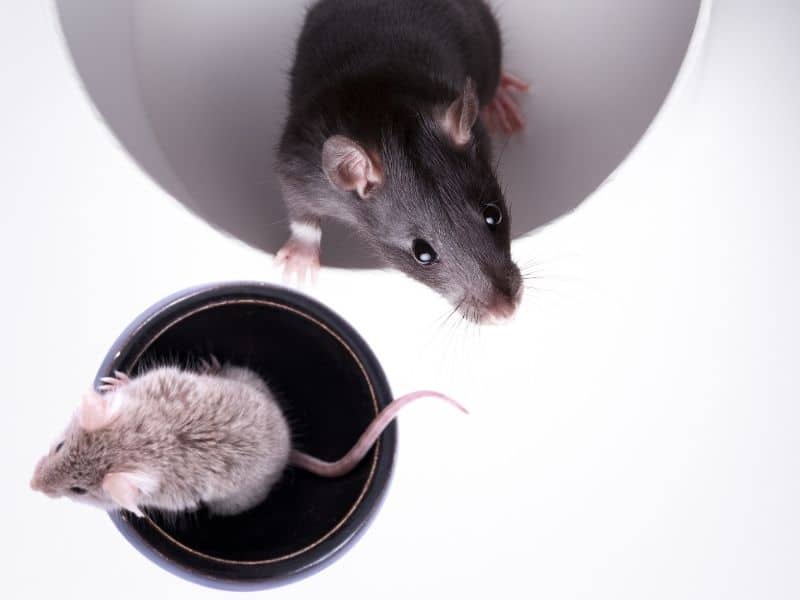
The good news is that telling rats and mice apart is not that difficult. Having a keen sense of sight and smell is usually more than enough for you to identify which type of rodent is in your home.
Here are the key differences between rats and mice:
Size
As mentioned earlier, rats are usually bigger than mice. Rats can be as long as 10 inches. Mice, on the other hand, are smaller than rats substantially. So, how big can mice be? Mice can be as long as seven inches only.
Weight
Because rats are bigger than mice, it doesn’t come as a surprise why they weigh more. Rats can be as heavy as a little more than a pound. In contrast, mice can weigh up to 1.60 ounces (0.10 pounds) only.
Since rats are considerably bigger and heavier than mice, chances are that the scurrying sounds you hear in the walls are created by rats.
However, it doesn’t mean that mice in the walls are harder to detect. There is a possibility that mice are residing in the walls if there are signs such as scratch marks, droppings, and shredded insulation.
Tails
Many people think that mice have longer tails than rats. But the truth is that it’s just an optical illusion created by the fact that the tails of mice are longer than their bodies.
Rat tails measure anywhere from eight to 25 centimeters. On the other hand, mouse tails measure anywhere from five to 10 centimeters only.
Besides the length, there are other things that separate rat tails from mouse tails. The tails of rats are scaly and hairless. The tails of mice are covered with hair and have the same color as their bodies.
Ears
Rats look like they have smaller ears than mice. This is especially true if their ears are compared to their massive bodies. However, rats have bigger ears than mice, even though it seems like mice have bigger ears.
When the body size is considered, mice have bigger ears than rats. Their ears tend to be floppier and hairier, too.
Droppings
Because rats are larger than mice, they have larger droppings, too. The droppings of rats are shaped like bananas.
They can be 1/2 to 3/4 inch long, depending on the species. On the other hand, the droppings of mice are more like pellets. They are about 1/4 inch long only.
The ends of mice droppings are pointed. However, the ends of roof rat droppings can be pointed, too.
Click here to have a better idea of rat vs. mouse droppings.
Smell
Both rats and mice smell. The smell of these rodents is similar to ammonia or pee. It seems like rats smell more because they are bigger.
Additionally, rats love going to sewers where they can come into contact with a lot of things that smell horrible. And when they invade your home, rats can make it really smelly.
Rats also tend to be covered in grease and dirt. It’s because of this why they tend to leave unsightly and often smelly marks on surfaces that they crawl on as well as walls and objects that they brush against.
Signs That the Walls Have Rats or Mice
We have now come to the crux of this article: knowing how to tell if you have rats or mice in your walls.
Most of the time, it is easy to tell if there are rodents residing in the walls. It doesn’t take a lot — for the most part, all you have to do is pay close attention, especially at night since rats and mice are nocturnal creatures.
Here are some of the things that you should be on the lookout for:
Strange noises
Especially on a quiet night, it’s not unlikely for you to hear unusual scurrying, pattering, squeaking or even gnawing sounds.
Rats and mice are nocturnal, which means that they are active at night. It’s after the sun has gone down when these pawed critters prefer to look for food, play, fight and mate with each other.
Gnaw or scratch marks
Rats and mice have to keep on gnawing on things, especially those that are hard to gnaw on. That’s because it helps them wear down their teeth, which never stop growing.
The problem with rats and mice trying to keep their teeth short is that they can choose to gnaw on electrical wires, which can increase the risk of your home burning down.
Droppings
Earlier, we talked about the differences between rat and mouse droppings. Just because rats or mice live in the walls doesn’t mean that they will only poop there.
When they crawl out of the walls to look for food, they may leave droppings everywhere — sometimes in the open, while other times under or behind furniture or appliances.
Unusual stains
Rats are notorious for leaving stains everywhere they go. The stains they leave behind tend to smell bad, too.
That’s because they are due to the grease and dirt on their bodies that they got from the sewers and dumpsters. Sometimes, you can use rat stains to locate the holes or gaps they use to get in and out of the walls.
Nasty smells
The pee of rats and mice can have a very strong, well, urine-like smell due to its high ammonia content. Rats may smell more than mice because they are bigger.
What’s more, they like to spend plenty of time outside the home. While exploring, it’s very much likely for rats to pick up all kinds of horrible smells that can end up inside your home.
Insulation shreds
Rats and mice use various materials for nest making. In the walls, insulation is one of the most accessible materials available.
Rats and mice have to shred insulation with their long, sharp teeth to turn it into nesting material. Some of the insulation shreds may stick to their bodies and get dislodged when they go outside the walls.
Just Before You Try to Have Rodent-Free Walls
Rats and mice can invade homes for food and shelter.
If they are inside your home, they can nest in various places, including wall cavities.
If there are rats or mice in your walls, their presence can be revealed by some telltale signs such as unusual sounds coming from the walls, especially at night.
It is a terrible idea to use rat or mice poison to get rid of rodents residing in the walls. That’s because rats or mice could die in the walls, and it can make your home smell.
Using live traps is an excellent way to rid your walls of rats or mice. However, it will require you to have patience because you will have to wait for all the rats or mice in the walls to get trapped.
Also, the use of live traps involves setting any caught rats or rodents free, preferably very far away from your home to keep them from coming back.
Besides using live traps, you may also leave the job to a pest control company.
After dealing with rats or mice in the walls, it’s important to repair or seal off small holes and gaps that rats and mice may squeeze through to gain access to your home.
It will also help a lot if you keep your home clean and clutter-free.
Medical Disclaimer: TheHomePestControl is a digital publisher and does not offer personal health or medical advice. The contents of this website are not intended to substitute for professional medical advice, diagnosis, or treatment.
Affiliate Disclaimer: As an Amazon Associate, I earn from qualifying purchases made on our website. If you make a purchase through links from this website, I may earn a commission at no additional cost to you.

